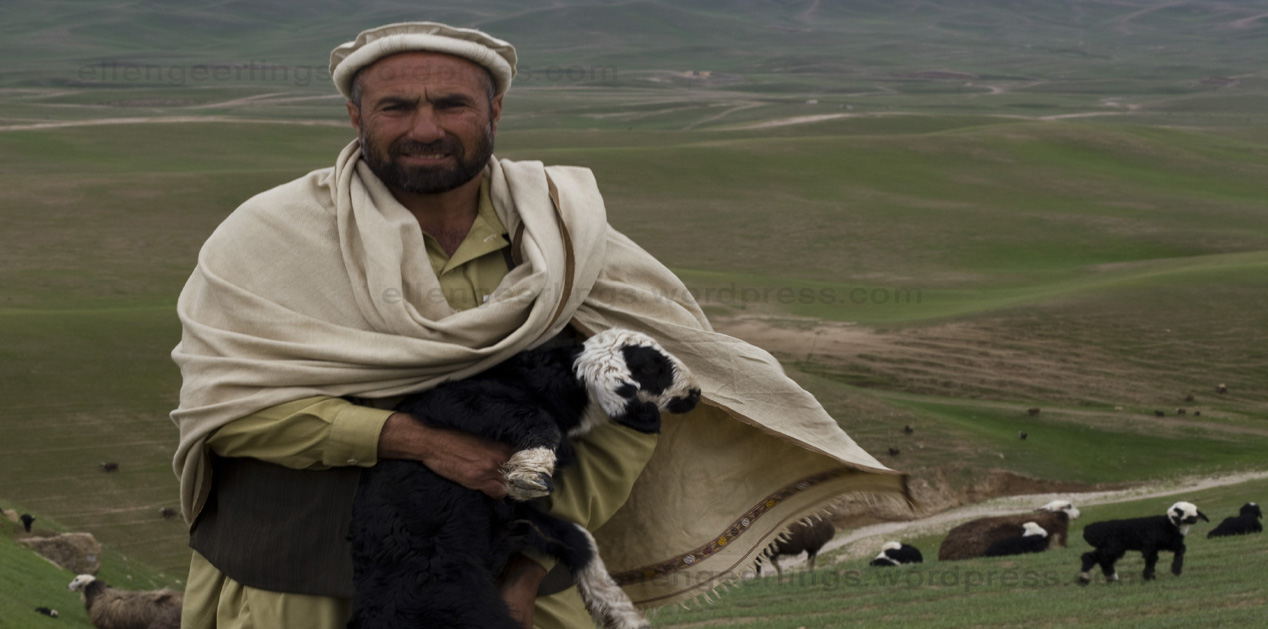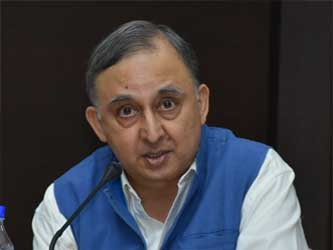The civil-military tug of war in Pakistan has masked what could be an even more dangerous divide in the polity. This is the growing alienation among Pakhtuns in Pakistan during the last few years, culminating in the recent racial profiling of the community in Punjab.
This may seem unbelievable due to the co-opting of the Pakhtuns as junior partners of the Punjabis in ruling Pakistan in return for supporting Zia-ul-Haq’s Afghan policy. As a result of such a partnership, apart from the Pakhtun nationalists, most Pakistani Pakhtuns have, for decades, generally looked down upon the Afghan Pakhtuns. They saw themselves as more evolved, more developed than the Afghan Pakhtuns. The contrast with the pitiable living condition of the Afghan Pakhtun refugees in Pakistan only reinforced this belief. Consequently, despite the various military operations by the Pakistani army after 9/11 many Pakistani Pakhtuns paid only lip service to the travails and tribulations that the Afghan Pakhtuns suffered at the hands of Pakistani security forces.
However, beneath the surface, a lot has changed in Pakistan.
Faced with increasing terrorism within its borders, Pakistan has adopted the policy of forcibly repatriating thousands of Afghan refugees, at most times using humiliating methods. This has eroded to a large extent the goodwill that Pakistan had earned for providing a haven for the Afghans, especially the Pakhtuns, over the decades. It is increasingly becoming difficult for the Pakhtuns inside Pakistan to see their brethren being treated so badly. Almost all political parties in the Pakhtun areas have condemned such an attitude and demanded an end to it.
Additionally, the fate of their brethren in the Federally Administered Tribal Area (FATA) has become a bone of contention. This is an area repeatedly used by Pakistan for forays into Afghanistan through a host of terrorist groups, the most famous being the Haqqani network. In the process, the Pakhtuns living there have been at the receiving end of both the various terrorist groups who have decimated the tribal structure as well as the ‘operations’ of the Pakistan Army. Politically, their status continues to be indeterminate, living under the infamous Frontier Crimes Regulation (FCR). A recent report by a federal government committee (18th since 1972) suggesting merger of FATA in Pakhtunkhwa is lying in limbo and would possibly remain there till the usefulness of the area for dominating Afghanistan continues.
Coming to specifics, the Pakhtuns, and especially the provincial government of Khyber Pakhtunkhwa (KPK), was stunned by the attitude of the Federal and Punjab governments in preventing the elected Chief Minister and his supporters from entering Punjab in support of Imran Khan in 2016. A furious CM warned that the move would be seen as the Punjab elite cutting off the Pakhtuns from the rest of Pakistan and would force the Pakhtuns to become baaghis’ or rebels.
The latest in the list of provocations aimed at Pakhtuns is that they are a potential security threat. In the aftermath of the recent spate of terrorist attacks the Punjab police has launched a campaign of racial profiling and discrimination, the bottom line of which is asking the public to be particularly vigilant against any person “appearing to be of Pakhtun or Afghan heritage”. Some of these measures include:-
- Written instructions from the Mandi Bahauddin police to its personnel and the public to keep an eye on people with Pakhtun/Afghan dresses and food habits as terror suspects.
- A notice dated 21 February from the Anjuman-e-Tajiran, Bilal Ganj, Lahore that has directed Pakhtun traders to submit their documents to their respective police stations and the market union after being ‘advised’ by intelligence officers to do so.
- Frequent raids on Pakhtun-dominated areas to apprehend terrorists and their facilitators.
- Keeping thousands of FATA Pakhtuns under surveillance and the possibility of issuing special National Identity Certificates (NIC) equipped with a security chip in Rawalpindi, Attock, Chakwal and Jhelum districts of Punjab.
- Deputy Commissioners of Attock, Bhakkar, Chakwal and some other Punjab districts adjoining Pakhtunkhwa have been issuing directions to the local population not to rent out or sell properties to Pakhtuns.
- Recently, 100-odd Afghan refugees were even evicted from a mosque close to the Pak-Afghan border after nobody was ready to provide them shelter.
Afghan refugees in Pakistan have borne the brunt of this policy of racial discrimination for some time now. However, the attention has now shifted to the Internally Displaced Persons (IDPs) from Malakand Division and FATA who were forced to leave their homes during military operations in their areas. The victims of displacement from their ancestral homes, they are now faced with similar treatment as the Afghan refugees in their own country.
It is indeed ironic that the Punjabi elite and media have been critical of Muslim profiling in US but have ignored the blatant racial discrimination against the Pakhtuns in Punjab.
Awami National Party President Asfandyar Wali Khan has threatened a tit-for-tat forcible eviction of Punjabis from KPK if the unjust treatment meted out to Pakhtuns in Punjab is not immediately stopped. He warned ominously that such racial profiling could create a dangerous situation, recalling the circumstances that led to the country’s dismemberment.
The Punjab government is clearly on the back-foot. The recent Lahore blast led to a wave of panic and the authorities cannot be blamed for tackling the obvious security threat. However, with elections due next year, the government has possibly concluded that a scapegoat was needed, not realizing that targeting Pakhtuns would have a serious blow-back and convey the impression that the war was not against terrorism but against the Pakhtuns.
Moreover, the Punjab government cannot deny that different banned organizations have 71 centers only in Lahore that most of the sectarian organization have bases in Punjab and the trainers and mentors of the recent suicide bombers also belonged to Punjab. While the Pakhtuns have been targeted, international terrorists and sectarian leaders continue to roam freely or are in comfortable protective custody in Lahore and Bahawalpur.
There is no doubt that coming on top of earlier provocations, these developments are a major challenge for the federal structure of Pakistan.
Could these developments have the potential of marking a new ethnic consolidation and compact between the Afghan and Pakistani Pakhtuns? It would perhaps be pre-mature to reach such a conclusion just yet. However, scapegoating the Pakhtuns to temporarily deflect the blame from the Punjab government for its own failures these developments do have the potential to snowball into a Punjabi versus Pakthun ethnic conflict if not handled carefully. If the issue does snowball, then it could mark a major challenge for national unity.
(Tilak Devasher is the author of ‘Pakistan: Courting the Abyss’ and a former Special Secretary, Cabinet Secretariat, Government of India.)
Image Source: https://ellengeerlings.wordpress.com










Post new comment